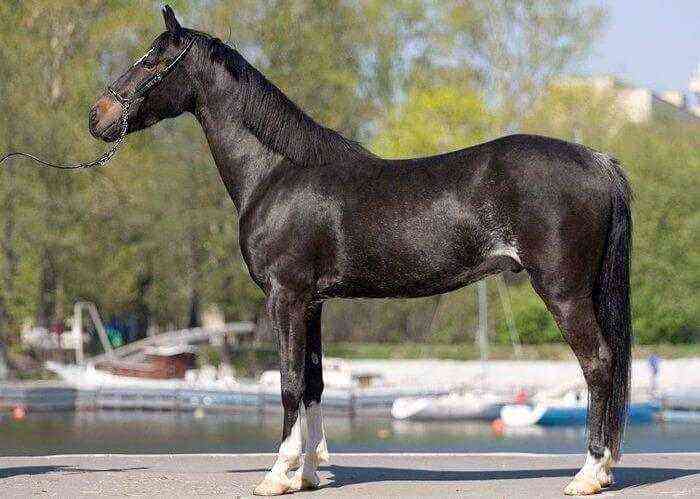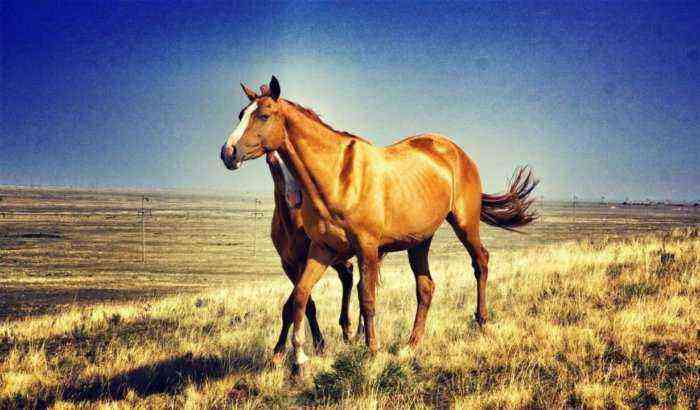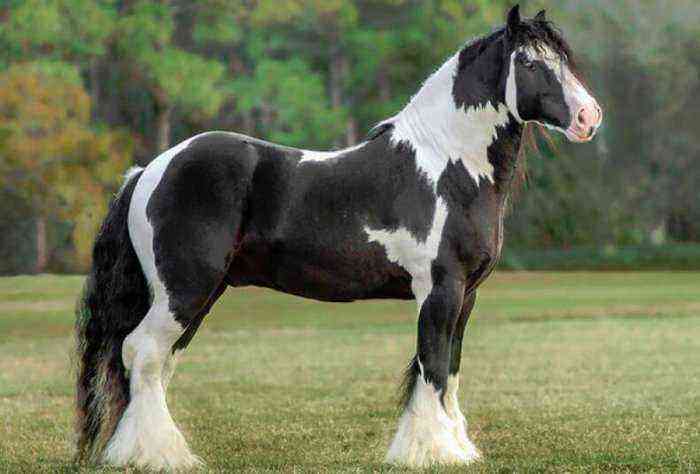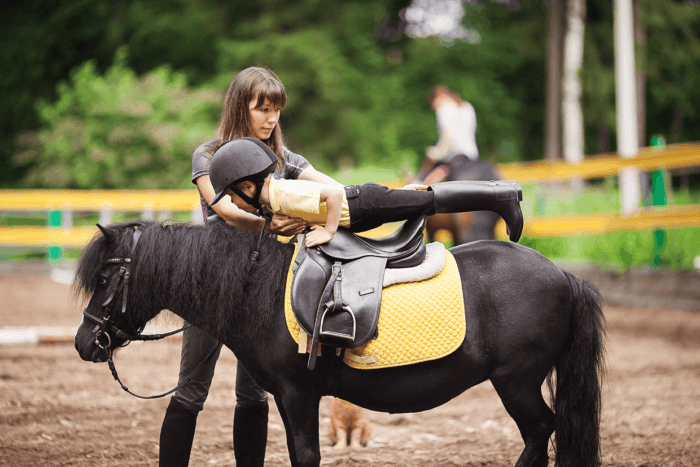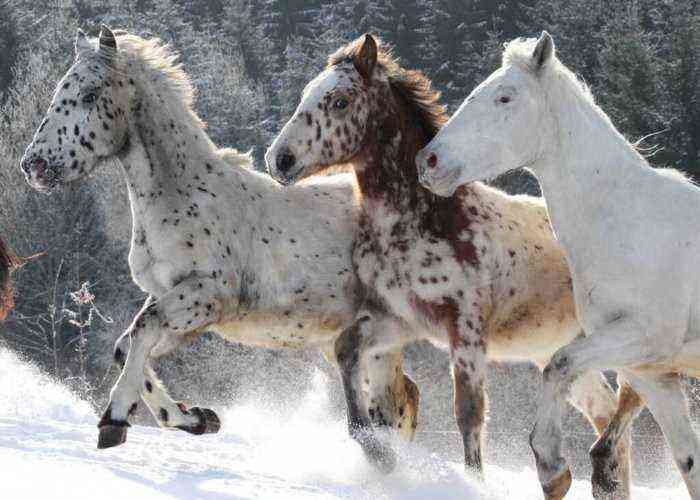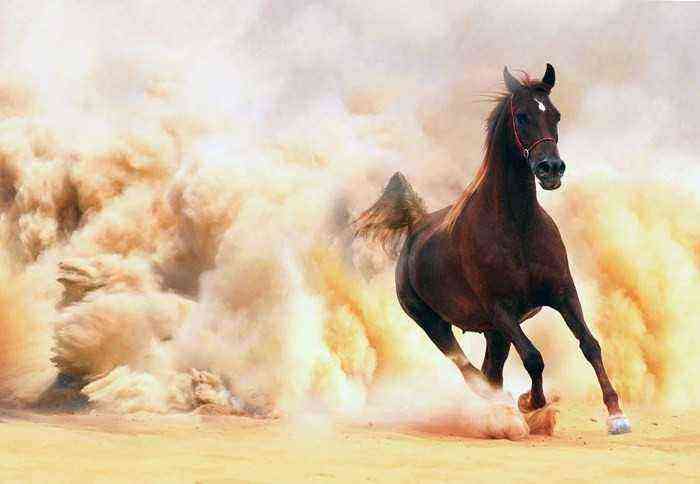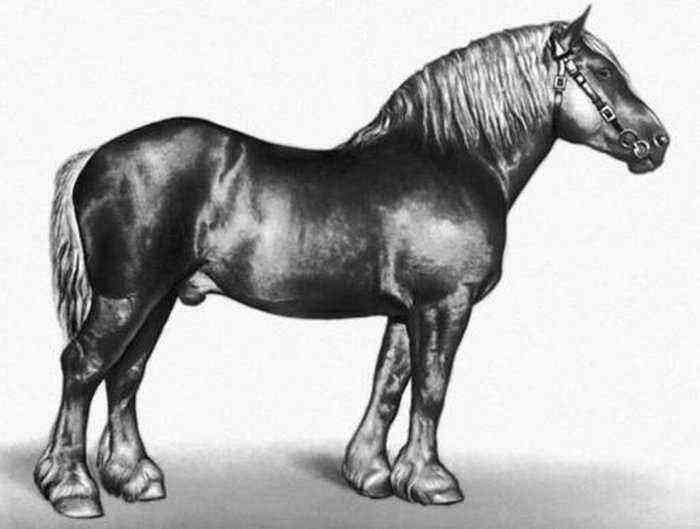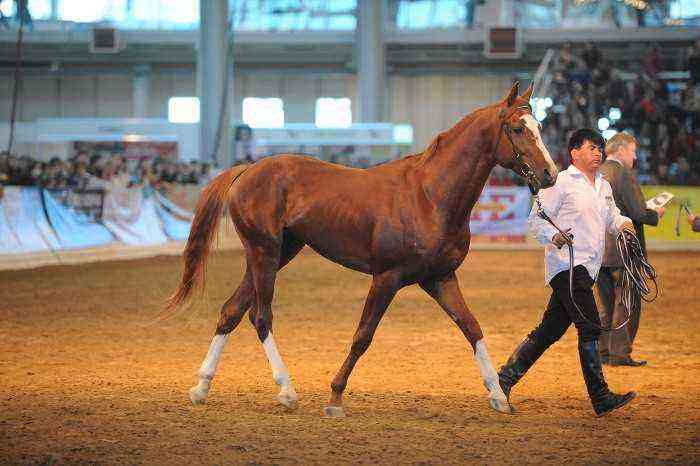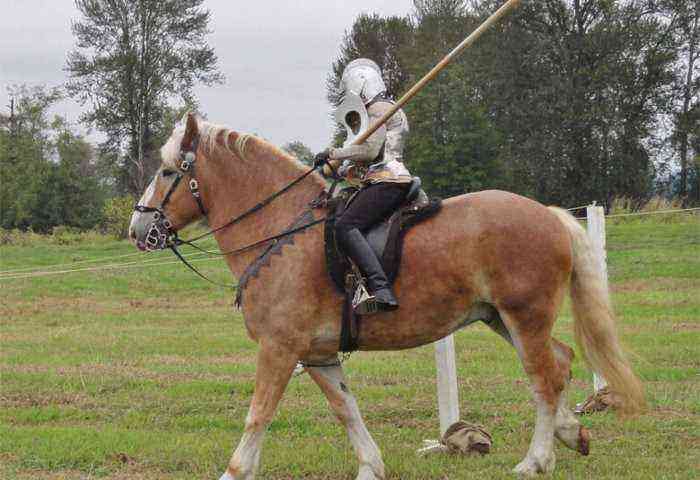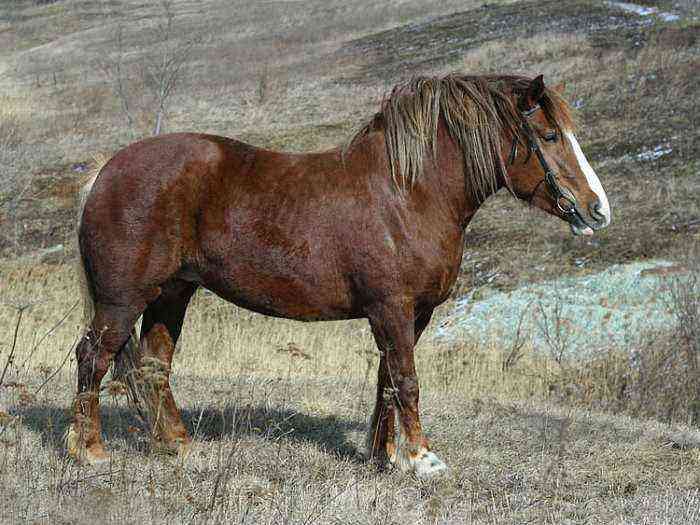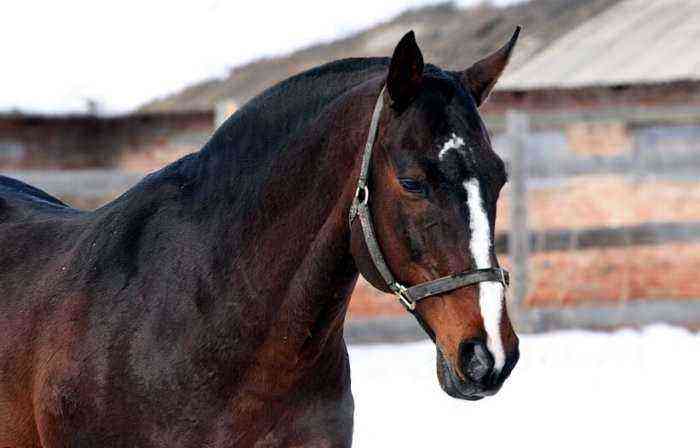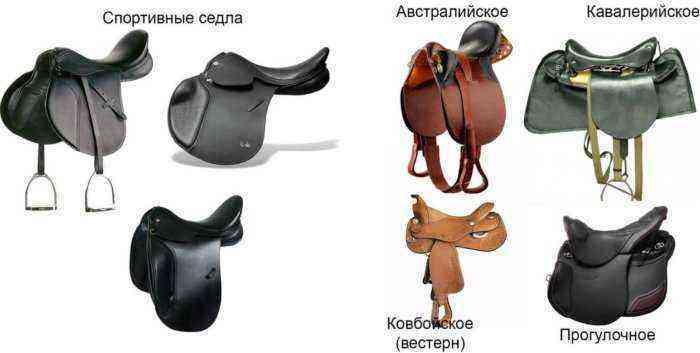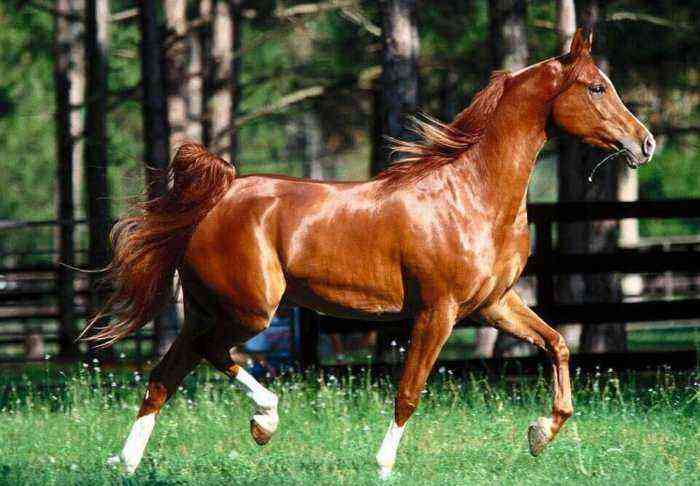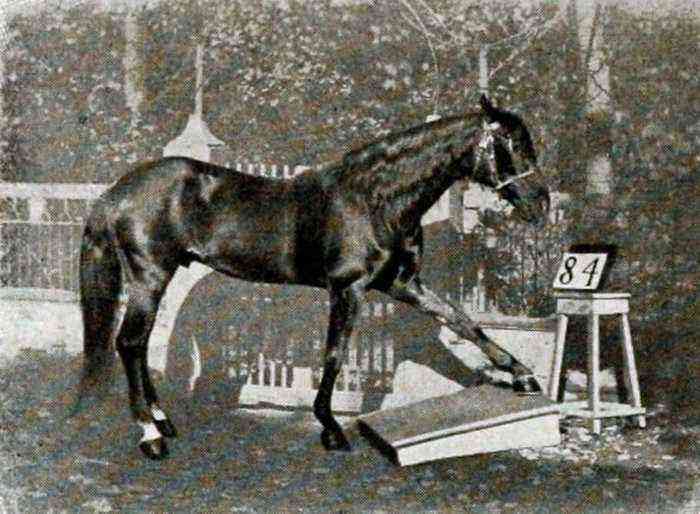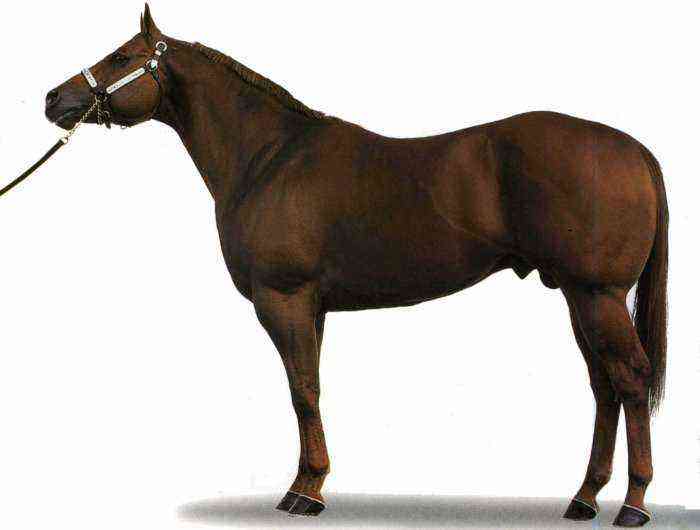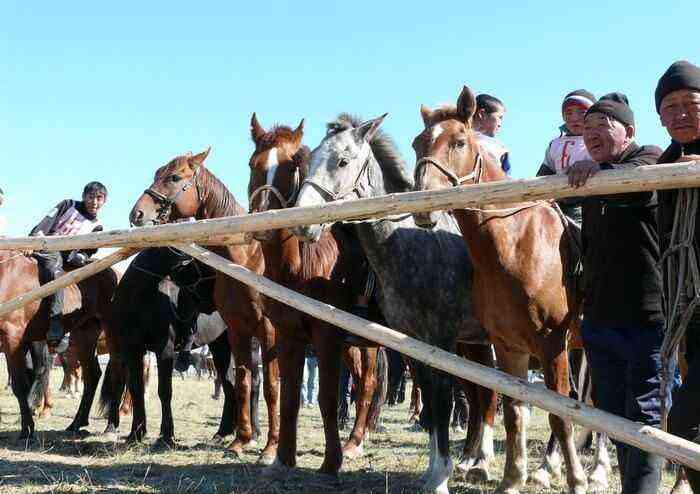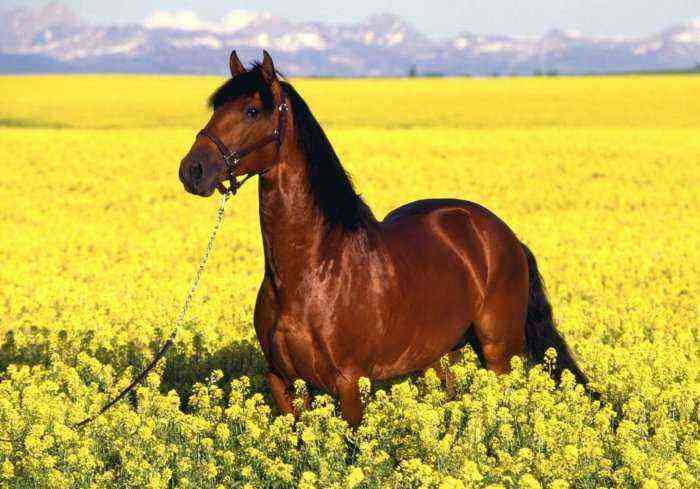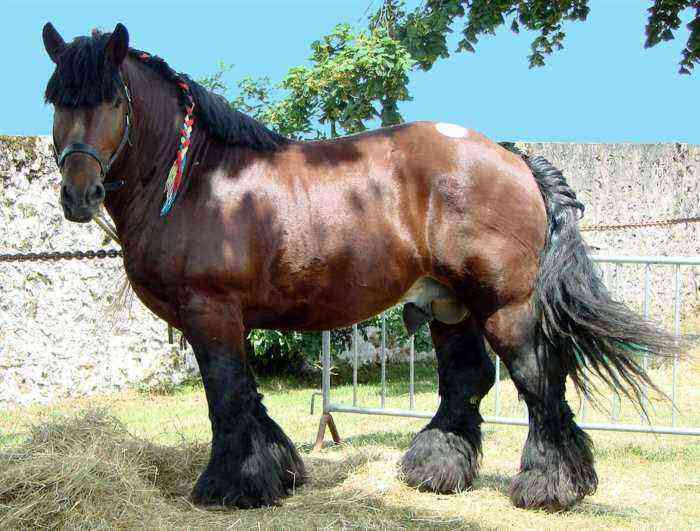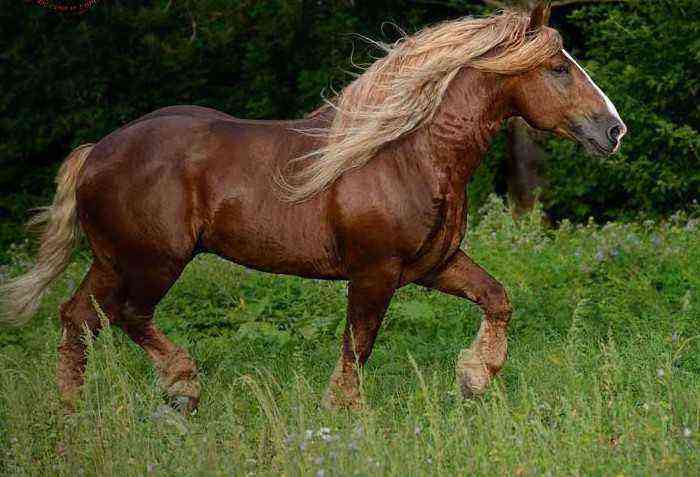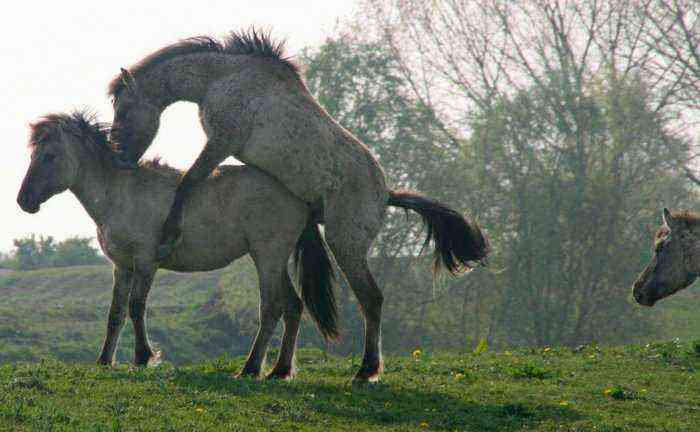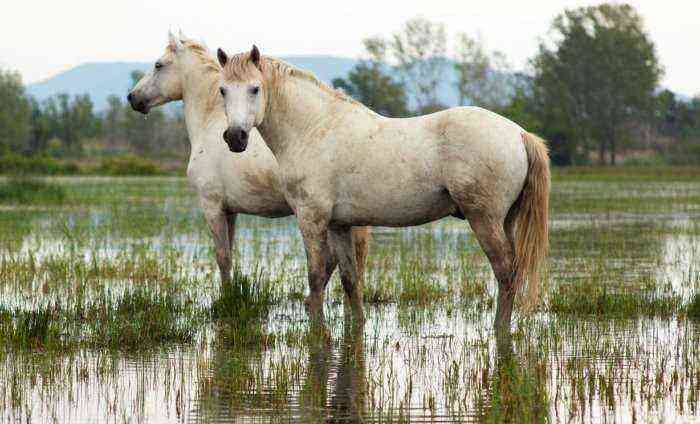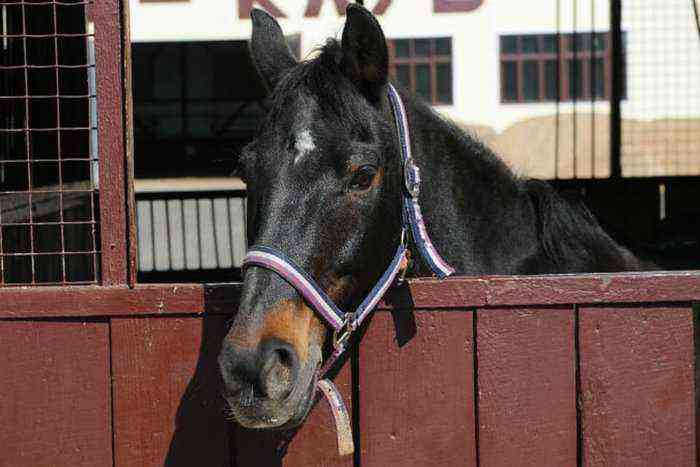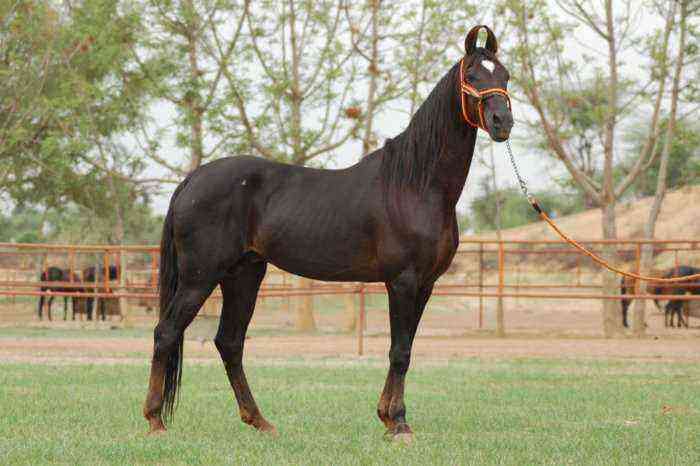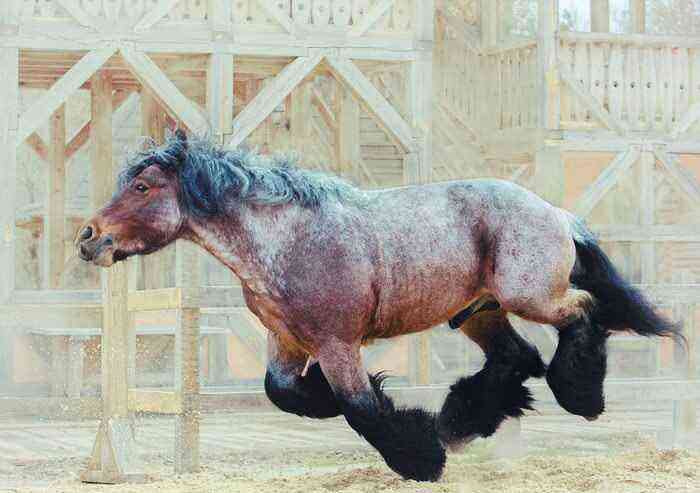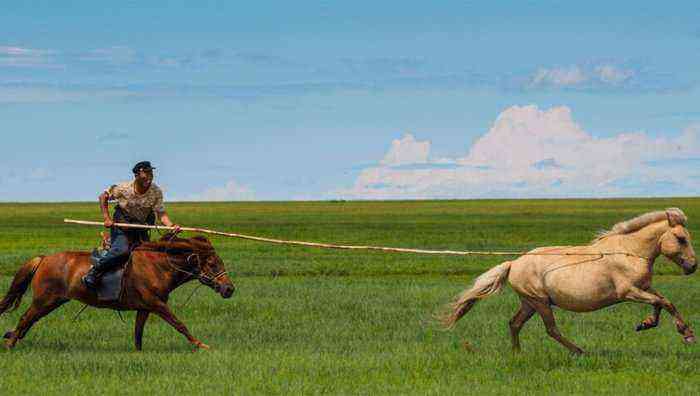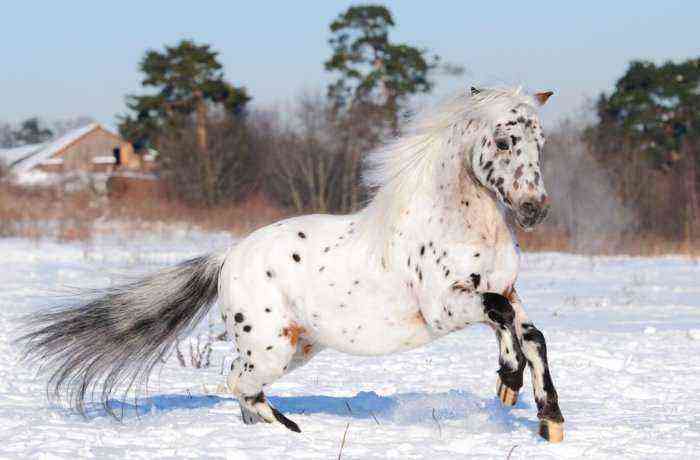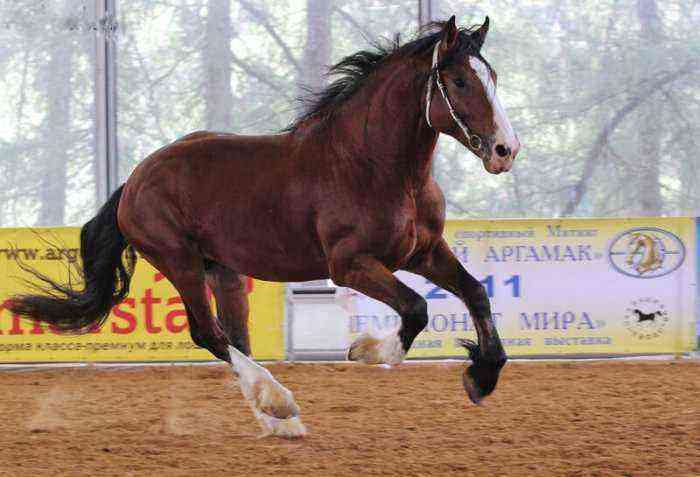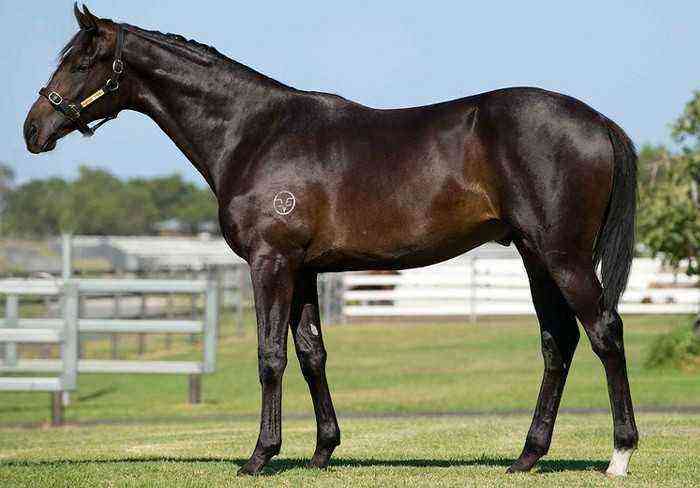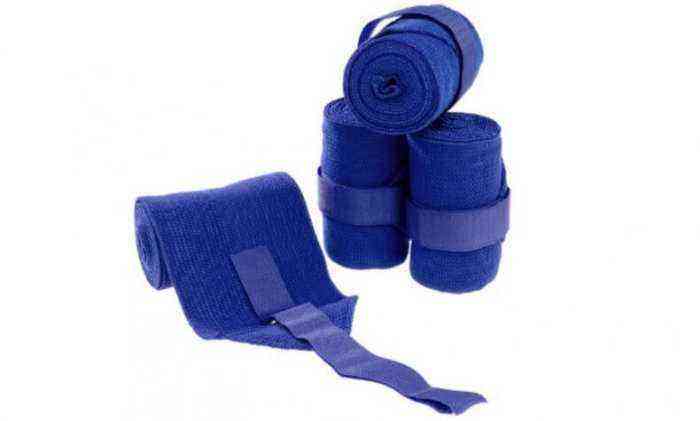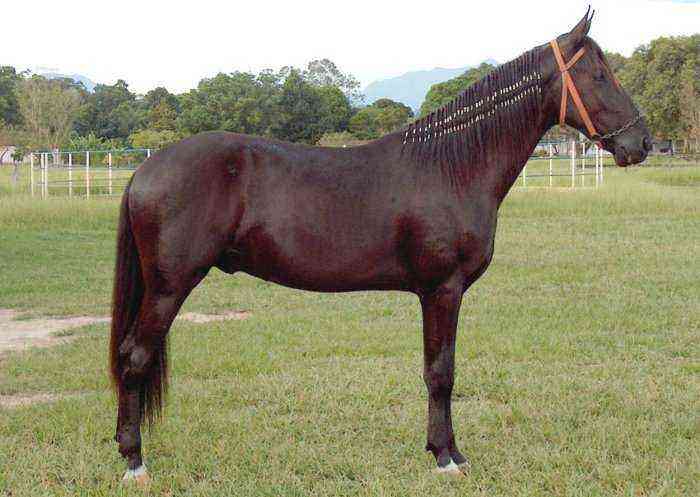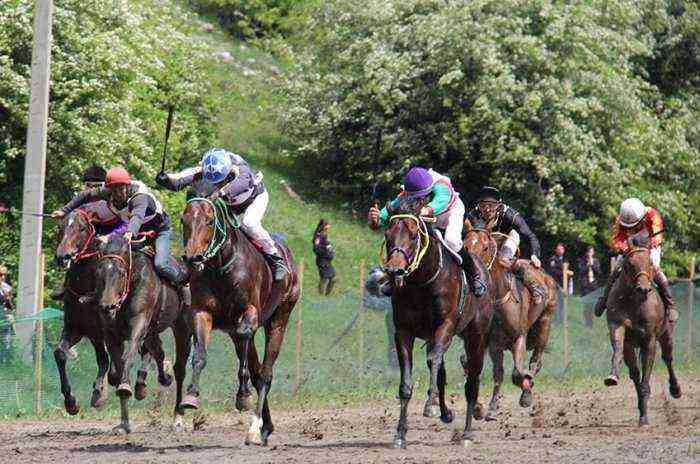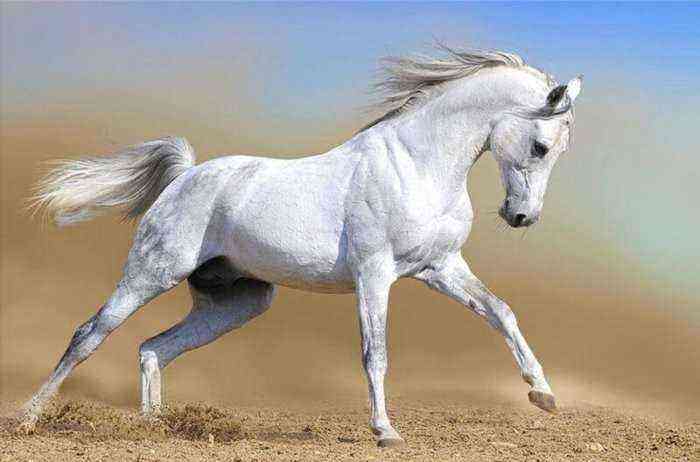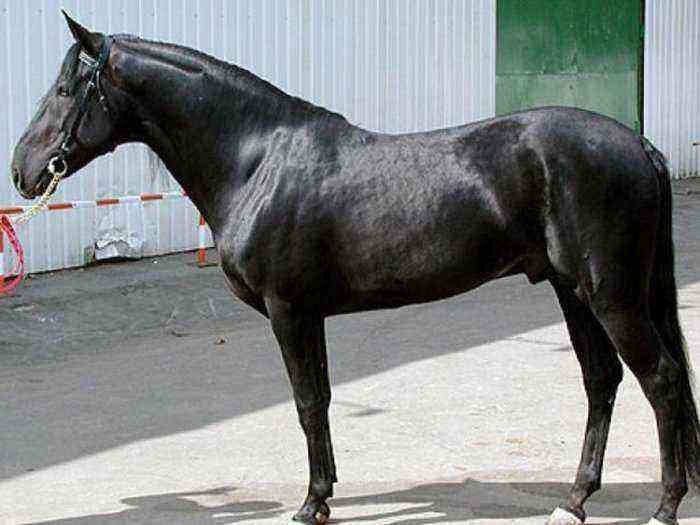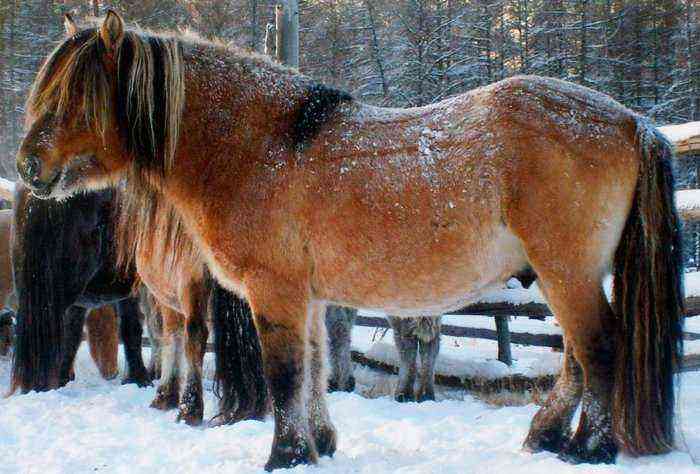Brown color is found in horses of wild breeds, which were practically not affected by selection. In nature, the light brown shade of wool helps animals hide from enemies in open areas, which ensures the preservation of the species. Horses of kaura color have a peculiar character, are considered strong and hardy.
brown color
Description and features of the suit
There are still disputes about the origin of the concept of “kaura suit”. It is widely believed that the name is associated with the word “brown”, which, in turn, comes from the Turkic “Kara”, which means “black” in translation. However, there are doubts about the fidelity of this theory, because it is impossible to call a brown color dark.
The brown color of the horse was formed under the influence of the Dun gene, which colors the animal’s coat in a bright sandy shade. Depending on the activity of other genes, color saturation varies. The legs and head of a brown horse are always darker than the body. For such horses, color anomalies are not uncommon:
- Dark spots on the body and limbs.
- Long stripe along the ridge.
- Black “stockings” from hooves to the knee joint.
- Transverse stripe at the withers.
- Horizontal stripes on the front legs (which gives a resemblance to the color of a zebra).
Some signs make the brown color similar to a mouse or saurian shade. However, there is a significant difference – the brightness, saturation of the main tone.
Color types
Since brown horses are light and dark, they are usually classified. Animals of this suit can be divided into 3 types:
- Dark brown. Such horses are characterized by a dark red body color. The head and lower limbs are a few shades darker. The main distinguishing feature is a brown stripe along the spine. The tail and mane combine hair of reddish, brown, light beige shades.
- Brown – a red tone prevails. The body is colored slightly lighter than the muzzle, limbs, mane and tail.
- Light brown. The head and legs are darker than the color of the body, there are light and red shades in the mane and tail. These horses are characterized by spots of light brown or reddish color.
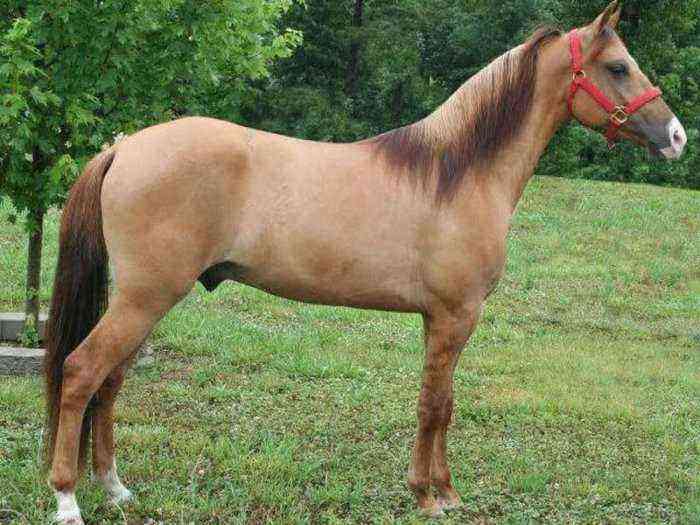
Light brown horse
Characteristics of horses with this color
Due to their impressive physical strength, brown-colored animals are used in agriculture. They are rarely selected to participate in exhibitions and competitions, riding.
Despite the fact that brown horses have a complaisant, calm disposition, in case of danger they can always stand up for themselves. It is not for nothing that in Russian folklore stubbornness, willfulness and disobedience were attributed to wild horses of such a suit.
When purchasing a horse, it should be remembered that this animal cannot stand loneliness and requires regular “communication”. This also applies to horses of brown color. If it is not possible to keep a large herd, buying other farm animals, such as goats or sheep, is a good option – this is enough to create a “company” for the horse.
The life expectancy of such horses is 25–30 years, depending on the breed and the conditions created. With proper care, animals grow up to 2 meters at the withers, while the weight varies from 400 to 1 kg.
Distribution
On the territory of Russia and the countries of the former USSR, the kaurai suit is found in the following breeds:
- Altai.
- Kazakh.
- Yakutskaya.
- Soviet heavy truck.
In Europe, this color is typical for Icelandic horses and the Norwegian Fjord breed. On other continents, it is more difficult to see animals of such stripes – they are artificially bred or imported from European countries. A striking example is the American mustangs, which owe their appearance in Latin America and the United States to the Spanish conquerors.
Care instructions
The basis of the diet of brown horses is oats and hay, which, if necessary, is replaced by straw without harming the animals. In summer, horses spend most of their time on pastures, where they feed on their own. In the cold season, the amount of food should be increased so that the animal’s body retains heat.
Attention! Horses constantly need to drink, so it is important that the animal always has access to clean water.
Regular physical activity is considered a vital necessity for horses with a kaura suit – this is especially true in winter, when animals are not free-range. Make sure that daily walks take at least 3-4 hours.

Brown horses
Domestic horses also require regular cleaning, washing, checking hooves – the health of the animal depends on this. It is especially important to pay attention to the mane, which protects the neck and head of the horse from insect bites. Another mandatory condition is the examination of the horse’s teeth. It is recommended to perform this procedure once every 6 months.
Conclusion
Studies prove that this coloration was characteristic of the distant ancestors of modern horses. This is also evidenced by rock paintings, which depicted exclusively brown horses. The “wild” color is inherent in the few Przhevalsky horses and tarpans that remained in nature and disappeared at the beginning of the last century. Now a brown-colored horse is a rare, beautiful, hardy animal that, with proper care, will become an indispensable household helper.
